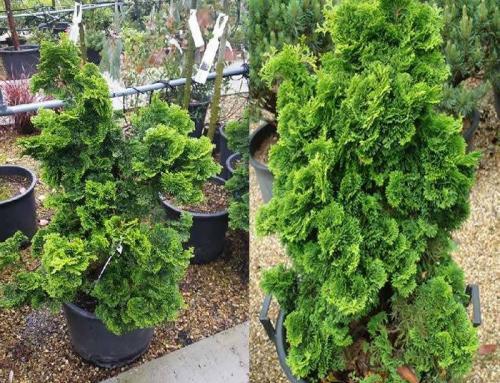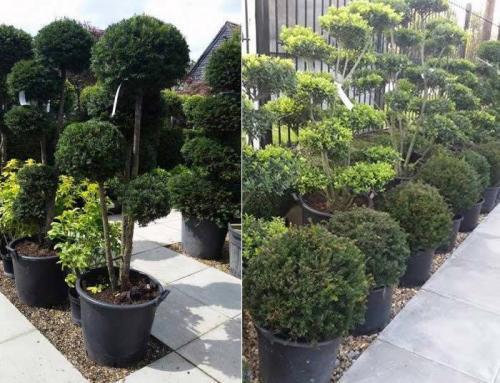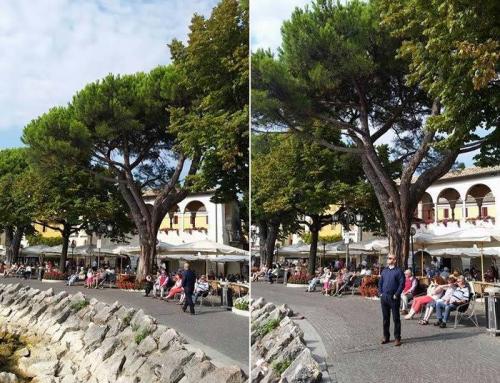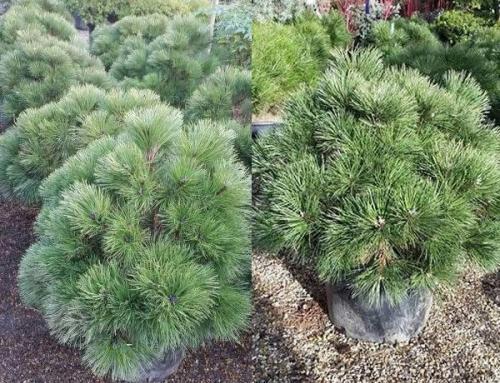Dwarf conifers are ideal for small gardens as these compact evergreens do not take up too much space. However, although they might not be imposing in size, they are indeed impressive when it comes to their appearance! Unlike their full-sized versions, most dwarf conifer cultivars can be successfully grown in containers, planted en masse in contrasted groupings or used as a focal point with year-round interest.
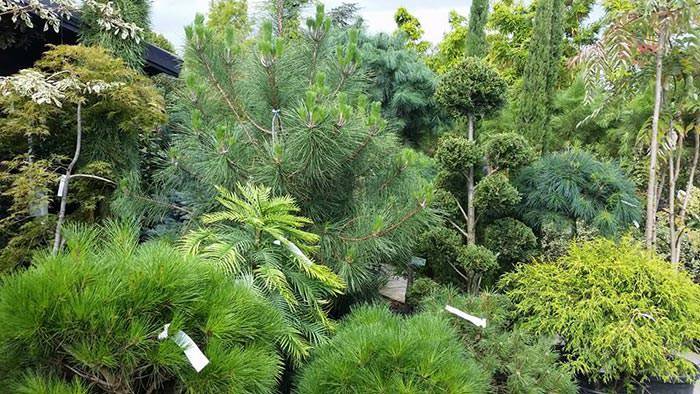
Here at Paramount Plants, we offer an impressive selection of dwarf conifer varieties.
Ever since the 1800s, dwarf conifers have been all the rage in Britain, and with a good reason. These miniature conifers are fully hardy in the UK, easy to grow and to care for, and look absolutely stunning in any landscape. It was quickly recognised that the contrasting colours & textures of the various foliage could be used to wonderfully vivid effect. In the 1850s, especially, there was a surge of interest in colourful dwarf and slow-growing conifer cultivars suited to smaller gardens and show-pieces such as rock gardens.
Nowadays, the versatile and robust dwarf conifer is still a welcome sight in Britain’s gardens. The compact evergreen trees are often grown in large pots on patios or balconies, where they provide multiples seasons of interest. In the garden, dwarf conifers take the center of the stage in striking rockeries, or carefully designed group plantings and mixed shrub borders. All things considered, miniature conifers are a wondrous addition to any garden: as long as you know how to choose the best dwarf conifer variety for your needs.
Types of Dwarf Conifers
When it comes to small conifer trees, there is no shortage of variety. Pines and spruces naturally produce many different varieties. In addition plant breeders continuously create new cultivars and hybrids. In general, it can be said that all dwarf conifers originate from one of these three groups:
Natural dwarf forms – these low-growing varieties, such as Abies Balsamea Nana or Juniperus Communis Greenmantle, owe their small size to the fact they naturally occur at high altitudes.
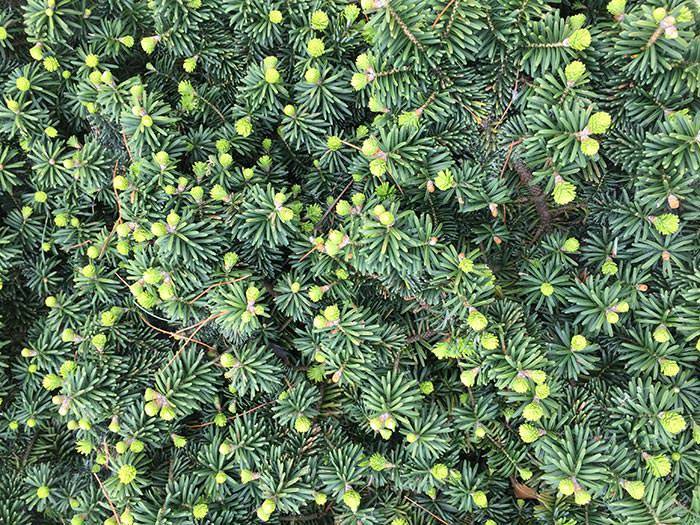
The wonderful Abies Balsamea Nana is one of the few dwarf conifer varieties that occurs naturally due to environmental factors.
Seedling variations – Whether hidden inside a pine cone or encased in a berry, seedlings are a natural way for conifers to reproduce and spread. Seedling variations we offer include Chamaecyparis which produces many variants in captivity that just would not survive in the wild – e.g., Chamaecyparis Obtusa Nana.
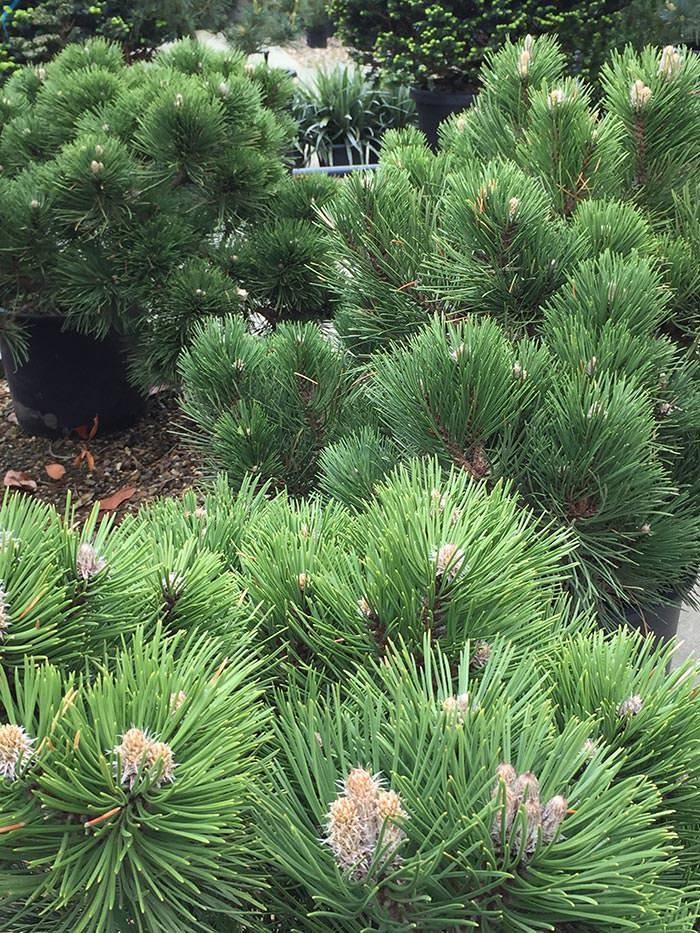
Pinus Nigra Nana will do well in any garden, as this versatile plant is also very adaptable.
Witches broom or bud mutation – Witches’ brooms occur on a number of conifers and deciduous tree species, and they are a tight, congested formation of twigs or foliage that resemble a broom (hence the name). In other cases, they appear as a ball-shaped dwarf plant growing in a tree, which is how many of the miniature conifers came to be. Propagation of these witches’ broom sourced conifers has brought to as many wonderful varieties, such as Pinus Sylvestris Beuvronensis, Pinus Nigra Helga, Pinus Strobus Blue Shag, or Pinus Mugo Mops.
Choosing the Best Dwarf Conifer Variety
Regardless of their ancestry, most dwarf conifers will happily grow in UK gardens. Most varieties require only well-drained soil and thrive anywhere from full sun to dappled shade. These small conifer trees do not need much when it comes to care and optimal conditions, but they do offer a lot in return!
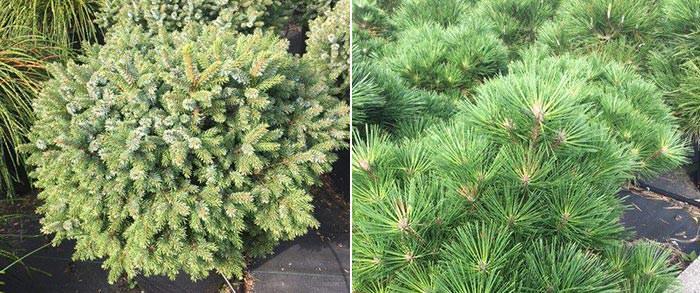
While the Picea Omorika Nana (left) prefers full sun, the Picea Resinosa Nana cultivar (right) will perform well even in light shade.
For instance, if you need dwarf conifers for shade, consider varieties that can prosper without much sunlight exposure. Tsuga Canadensis Jeddeloh is a beautiful dwarf hemlock with arching branches that can be planted both in partial and full shade and manage to flourish. The showy Cryptomeria Japonica is flexible and, while it prefers sunnier locations, it will grow in partial shade without any issues. The lovely Pinus Resinosa Nana will also tolerate lightly dappled shade to a certain degree; although it will not do well if you plant it in a dark corner of the garden.
If you are looking for dwarf conifers for containers, the majority of these compact plants will suit your needs. Very slow growing, with a small expected size in maturity to boot, miniature conifers are ideal candidates for pots! We recommend some of our most popular varieties of dwarf conifers for containers, such as Pinus Mugo Laurin, Pinus Mugo Benjamin, or Pinus Mugo Nana. If you prefer a bushier appearance and long, soft needles over dense foliage, varieties such as Pinus Nigra Spielberg, Pinus Densiflora Alice Verkade, Pinus Densiflora Jane Kluis, or Pinus Mugo Varella are bound to strike your fancy.
Additionally, when it comes to small conifer trees that are to be grown in pots, you will want a particularly showy dwarf conifer variety for rooftop gardens or balconies. These compact plants are practically born to be in the spotlight, so it is best to choose varieties that are guaranteed to attract attention, such as the unusual and robust Pinus Nigra Globosa Viridis, or the Picea Lutzii Machala which boasts grey-green needles with a slight bluish tinge. Another container-compatible cultivar that has wonderful, vibrant foliage is Thuja Orientalis Aurea, which features stunning golden foliage which, when crushed, smells of pineapples.
Dwarf conifers for rockeries need to have a striking appearance to be included in a garden focal point. This often means rich textures, bold colours or unusual form. A dwarf conifer that ticks all these boxes is the Thuja Occidentalis Fire Chief. Its finely textured foliage turns from sage-green to fire red throughout the seasons, and it naturally grows into a perfect globe shape without any pruning. Some other varieties that are an excellent choice include the charmingly irregular-growing Pinus Banksiana Banska Stiavnica, Thuja Occidentalis Tiny Tim with its bronze winter foliage, or the globe-shaped Thuja Occidentalis Danica that offers sculptural interest.
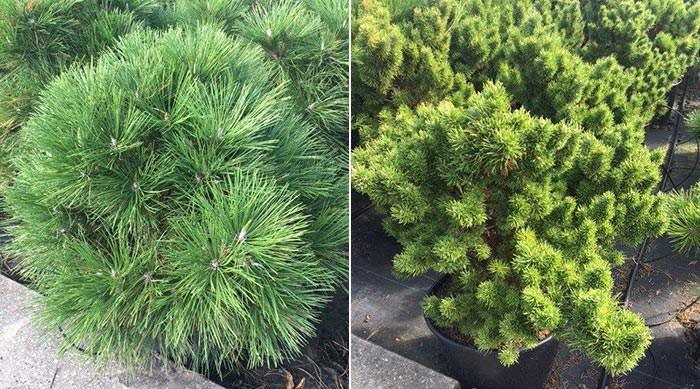
Pinus Nigra Spielberg (left) and Pinus Banksiana Stiavnica (right) both offer architectural value in the garden.
While there are dwarf conifer varieties that seem to be perfectly tailored for specific uses and roles in the garden, most small conifer trees are entirely versatile. Their size allows them to fit into any landscape, they do not ask for much (both in terms of space and care), and they offer year-round interest and add structural value to the garden. Some great examples of the adaptability of this species are dwarf conifer varieties such as Pinus Mugo Humpy, Pinus Nigra Nana, or Picea Abies Pygmaea. Dwarf conifers can even be used to create a showy windbreak or a compact hedge – the ideal candidate for this role being the narrow Pinus Mugo Green Column, a dense cultivar that will not grow over 2 metres in height.
Our dwarf conifer collection includes the above-mentioned cultivars and many other popular varieties. You can see all of our cultivars in person at our plant centre, or order them online – we do nationwide UK delivery! If you have any questions or need advice on choosing the best dwarf conifer for your garden, do not hesitate to contact us, whether via email or live chat. We’re happy to help you make the right choice!
Related Links include Conifers for Shade as well as our full of list of Conifers for sale.

